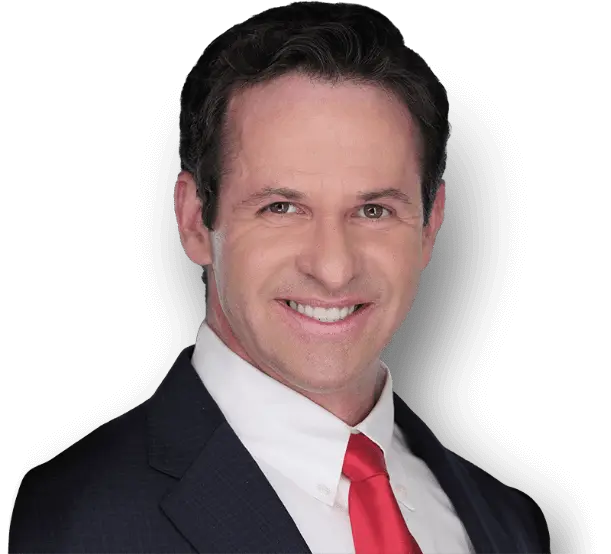Traumatic brain injuries (TBIs) have become a major concern in football at all levels of play. Repeated hits to the head can cause concussions and long-term neurological damage. Monitoring and preventing TBIs is especially important for high school athletes who are still developing.
The Prevalence of TBIs in High School Football
The number of concussions and associated brain injuries has risen steadily over the past decade as awareness and reporting have improved. However, many concussions may still go undiagnosed.
Repeated concussions are linked to chronic traumatic encephalopathy (CTE), a degenerative brain disease. A 2017 study by Boston University examined the brains of deceased former football players and found CTE in 177 of 202 high school players, a rate of 87%. The risk of long-term damage underscores the need for better TBI prevention starting at young ages.
Ohio’s Concussion Protocol and TBI Legislation
In 2013, Ohio passed the Return-to-Play Law to better protect high school athletes from TBIs. It requires coaches and officials to immediately remove any player exhibiting signs of a concussion. The athlete cannot return to play on the same day and must be cleared by a physician before returning to practice or games. The law also mandated concussion education for coaches, athletes, and parents.
In addition, the OHSAA implemented a strict concussion protocol aligned with national guidelines. This includes baseline neurocognitive testing for athletes, recognition of concussion symptoms, a six-day gradual return-to-play progression, and clearance by a physician before full contact activity. A player with a confirmed concussion cannot return sooner than one week.
Promoting a Culture of Safety
The OHSAA emphasizes a team effort between coaches, school staff, doctors, and families to ensure concussion protocols are followed properly. Some Ohio districts now have certified athletic trainers present at both games and practices to help remove and evaluate potentially concussed players. There is also a push to teach proper tackling techniques early on to avoid helmet-to-helmet hits.
Overall, increased awareness and vigilance has created a culture shift towards prioritizing player safety and long-term wellbeing over short-term wins. While TBIs remain an issue, Ohio high school football has made meaningful progress in better protecting its athletes. Continued implementation of protocols, safety education, and rule changes will further aid in reducing brain injuries.
Speak to a Lawyer
If your child suffers a serious injury during a school sports activity, contacting a personal injury lawyer from Monge & Associates can help protect their rights. We will investigate liability and negligence on the part of coaches or staff, gather evidence, talk to witnesses, and determine if safety protocols were followed. Our team can advise you on legal options, negotiate with insurance companies, and assist in filing claims to recover damages for medical bills, lost income, and pain and suffering.
Having an experienced personal injury attorney on your side ensures your child’s interests are protected after a school sports accident. We have offices in 32 locations and 19 states, including Ohio, Florida, and Tennessee.
Call now for a free consultation on (888) 477-0597 if your child has been injured in an accident while playing sports at school.
